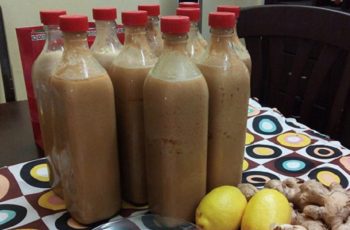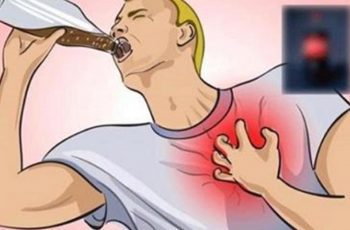High blood pressure, also known as hypertension, is a serious condition that can lead to several cardiovascular diseases such as heart attack, stroke, etc.
Blood pressure refers to the force of blood against the walls of arteries as it circulates through the body. Each time heart beats, it pumps out blood into the arteries. Blood pressure is highest when the heart beats pump the blood. This is called systolic pressure. When the heart is at rest between beats, the blood pressure falls. It is called diastolic pressure.
Most people with high blood pressure have no signs or symptoms. Although a few people with early-stage high blood pressure may have dull headaches, dizzy, these signs and symptoms typically don’t occur until high blood pressure has reached an advanced stage. That’s why this disease is often known as the silent killer.
To know whether a person has hypertension or not, the only way is to measure the blood pressure. Normal blood pressure is 120/80, where 120 is systolic (maximum) blood pressure and 80 is diastolic (minimum) blood pressure.
When blood pressure is above 140/ 90, blood pressure is considered high. Then it is necessary to control the blood pressure immediately. Because high blood pressure can increase the risk of Heart attack and Stroke which are the first and third leading cause of death in the world.
Although some may be genetically predisposed to hypertension, there are plenty of ways to control high blood pressure. Here are some ways to get you started:
1. Increase your physical activity
Being physically active is one of the most important things you can do to prevent or control high blood pressure. It also helps to reduce the risk of heart disease. If you get very little exercise now, start slowly and work your way up to at least 30 minutes of moderate level activity, such as brisk walking, running, bicycling and swimming every day.
2. Maintain a healthy weight
In fact, your blood pressure rises as your body weight increases. Losing even 10 pounds can lower your blood pressure. Getting back to a healthy weight is not as hard as it sounds. You can start by limiting the portion size of your meals and snacks, and cut way back on high-calorie foods.
3. Eating a healthy diet
What you eat affect your chance of getting high blood pressure. Includes plenty of fruits and vegetables in your diet and keep away from foods that are high in saturated fats and cholesterol may help prevent the risk of developing high blood pressure and reduce blood pressure.
4. Use less salt or sodium
An important part of healthy eating is choosing foods that are low in salt (sodium chloride) and other types of sodium. Using less sodium is a key to keeping blood pressure at a healthy level. Sodium should consume no more than 2.4 grams a day. It equal to 6 grams or about 1 teaspoon of salt a day. For those who with high blood pressure, should consume less than that.
5. Drink alcohol in moderation
Drinking too much of alcohol can raise blood pressure. It also harms the brain, liver, and heart. The U.S. guidelines suggested that two alcoholic beverage per day for men and one drink a day for women.
6. Quit smoking
Smoking is one of the unhealthiest vices. By quitting smoking will help both your lungs and heart.

